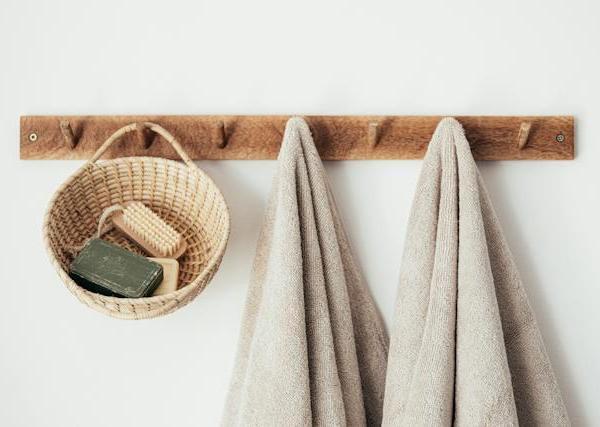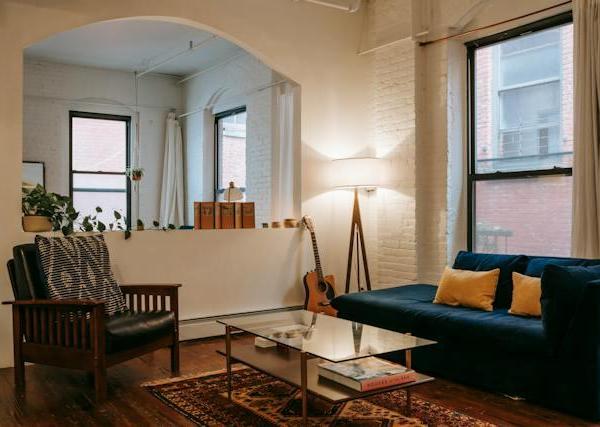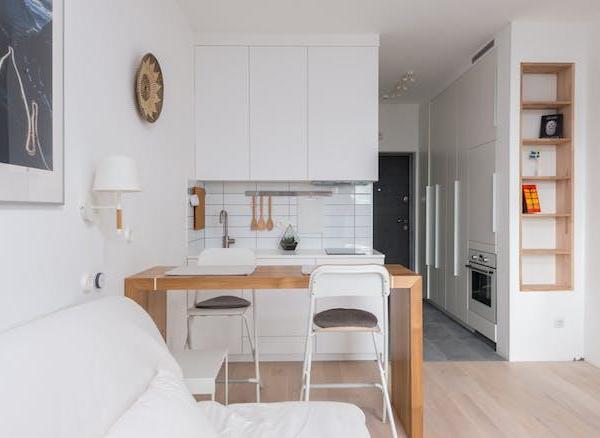1. Assess and Plan
Start by assessing the furniture or decor item you want to upcycle or repurpose. Determine its condition, functionality, and potential for transformation. Consider the style, design, and purpose you envision for the final piece. Plan out the necessary changes and modifications to achieve your desired outcome.2. Choose the Right Piece
Look for furniture or decor items that have good bones and structural integrity. Items made from solid wood or metal are often ideal candidates for upcycling. Consider visiting thrift stores, garage sales, or online marketplaces to find affordable and unique pieces to work with.
3. Clean and Repair
Before starting the upcycling process, clean the item thoroughly. Remove any dirt, grime, or old finishes. Repair any damages such as loose joints, broken parts, or chipped surfaces. Ensuring a clean and stable foundation is crucial for a successful upcycling project.
4. Paint and Finish
One of the most transformative steps in upcycling is applying a fresh coat of paint or finish. Choose colors and finishes that match your desired aesthetic. Consider using eco-friendly paints or low VOC (volatile organic compounds) options to minimize environmental impact. Experiment with different painting techniques, such as distressing, stenciling, or color-blocking, to add character and visual interest.5. Repurpose and Rethink
Think creatively about how you can repurpose your items. For example, a worn-out wooden ladder can become a trendy bookshelf, or an old suitcase can be turned into a unique side table. Look for unconventional uses and reimagine the functionality of each item. With some imagination and basic DIY skills, the possibilities are endless.6. Upholstery and Reupholstery
If you're working with upholstered furniture, consider reupholstering it with new fabric to give it a fresh look. Choose durable and eco-friendly upholstery fabrics, such as organic cotton or recycled materials. Reupholstering allows you to update the color scheme, pattern, and texture of the piece while extending its lifespan.7. Hardware and Accessories
Upgrading hardware and accessories can make a significant difference in the overall appearance of an upcycled piece. Replace old or worn-out handles, knobs, hinges, or drawer pulls with new ones that align with your desired style. Adding decorative elements such as trims, decals, or stencils can further enhance the visual appeal and uniqueness of the item.8. Combine Materials
Don't be afraid to mix and match different materials to create eclectic and visually interesting pieces. Incorporate reclaimed wood, metal accents, glass, or even repurposed items like vintage suitcases or salvaged doors. Experimenting with different textures and materials can add depth and character to your upcycled creations.9. Think Beyond Furniture
Upcycling and repurposing extend beyond furniture. Consider other household items such as old picture frames, glass bottles, or tin cans. Turn them into decorative pieces, storage solutions, or even planters for your indoor or outdoor spaces. With a little creativity, seemingly ordinary objects can be transformed into something extraordinary.10. Share and Inspire
Once you've completed your upcycling projects, share your creations with others. Display them in your home, share photos on social media, or participate in local art and craft events. Inspire others to embrace upcycling and showcase the beauty and functionality that can be achieved through creative reuse.Upcycling and repurposing furniture and decor is not only a sustainable and cost-effective approach but also a rewarding creative outlet. By giving new life to old items, you can create unique and personalized pieces that reflect your style and contribute to a more environmentally conscious lifestyle. So, start exploring your creativity, and let your imagination guide you in transforming everyday objects into extraordinary works of art.



